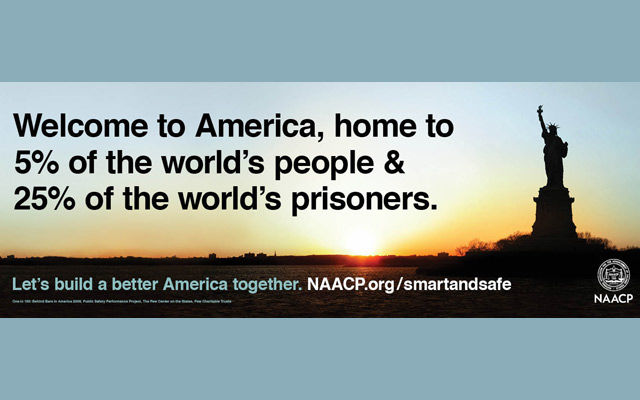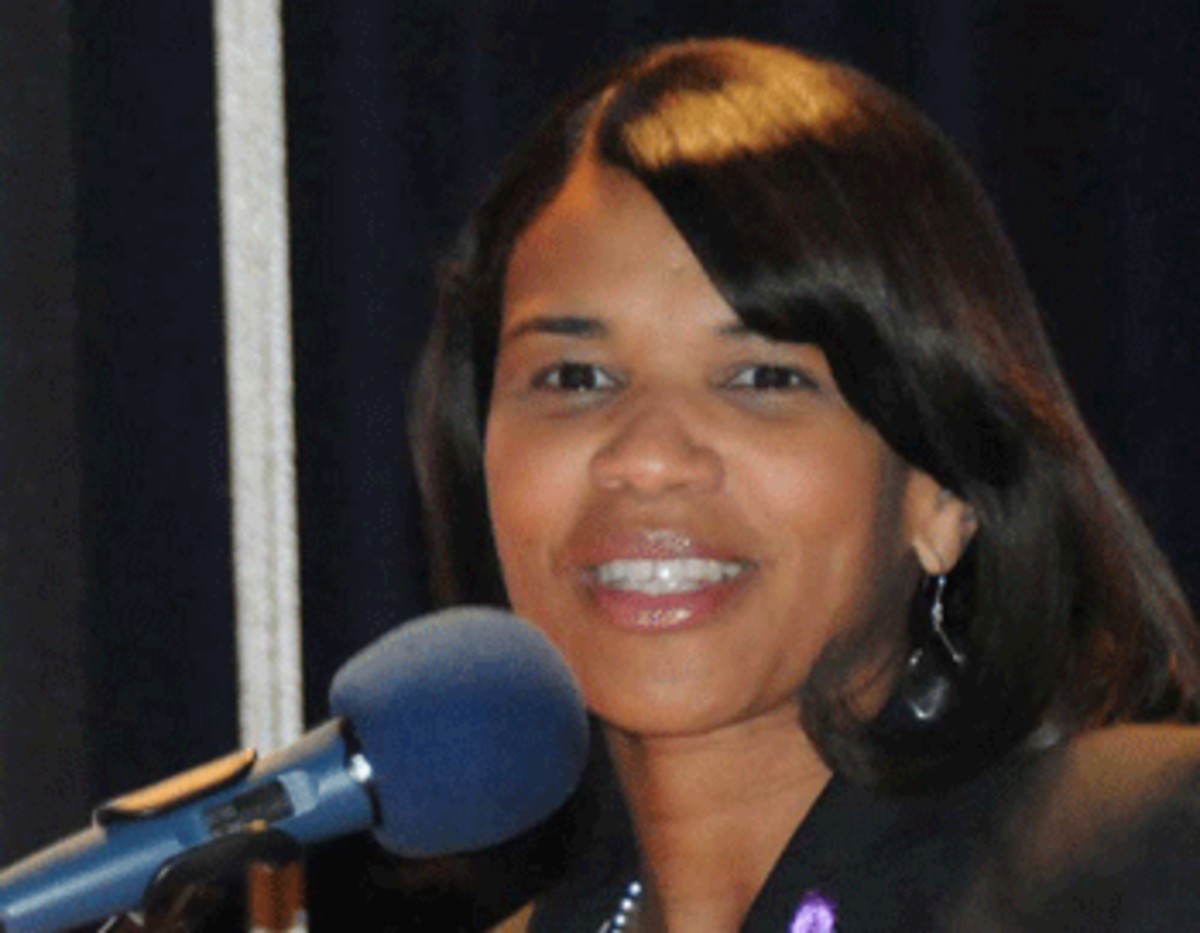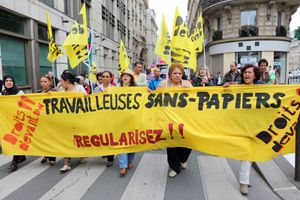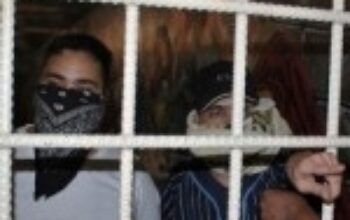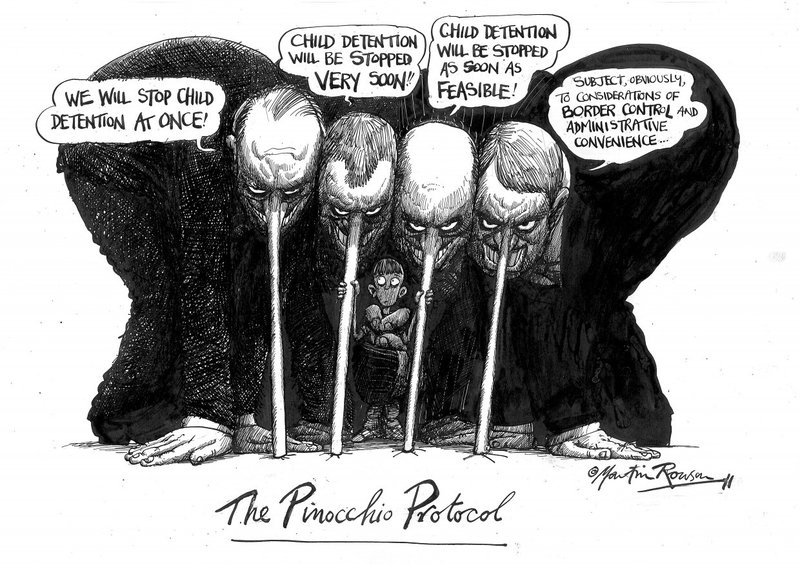
Earlier this month, AARP launched a new ad campaign meant to address the situation of elder caregiving in the United States. The campaign is based on thousands of accounts, and on longstanding research, such as the report that AARP released last year, “Valuing the Invaluable: The Growing Contributions and Costs of Family Caregiving, 2011 Update.”
Much of that report is, sadly, unsurprising. Caregivers are largely unpaid, largely family members, generally overworked and overtaxed, isolated, at a loss, often confused emotionally as the stress mounts. As a consequence of all of this, and more, caregivers generally suffer declining and deteriorating health. The majority of these careworkers are women.
Here’s the news, and it’s staggering: “The estimated economic value of their unpaid contributions was approximately $450 billion in 2009, up from an estimated $375 billion in 2007.” As AARP poignantly notes, that’s not only a 21 percent increase in a mere two years. $450 billion is also “more than the total 2009 sales of Wal-Mart, America’s largest company, and more than the combined sales that year of the three largest publicly held auto companies (Toyota, Ford, Daimler).”
The stories told by individual caregivers are important, as are their lives. They are crucial, and we must listen to them and, even more, learn to act on what they’re saying and what we’re hearing. At the same time, those stories beg to be contextualized. In one year, the national economy stole $450 billion from US residents. Whether that labor was a labor of love or a labor of obligation, the value of that labor was stolen. And, as the years 2007 – 2009 demonstrate, it’s a growing market with a growing profit margin.
Caring Across Generations is one answer, an important and even crucial answer, to the problem. Of equal importance is re-creating a State that doesn’t regard its citizens and residents as clients and customers. In this year of high political rhetoric, one hears a great deal about the United States being `a wealthy nation.’ Wealth built on the predatory extraction of $45 billion dollars in a single year is not wealth. It’s poverty. Ask the women who care for their elders; ask the elders who are majority women as well. Ask yourself.
(Image Credit: AARP.org)

